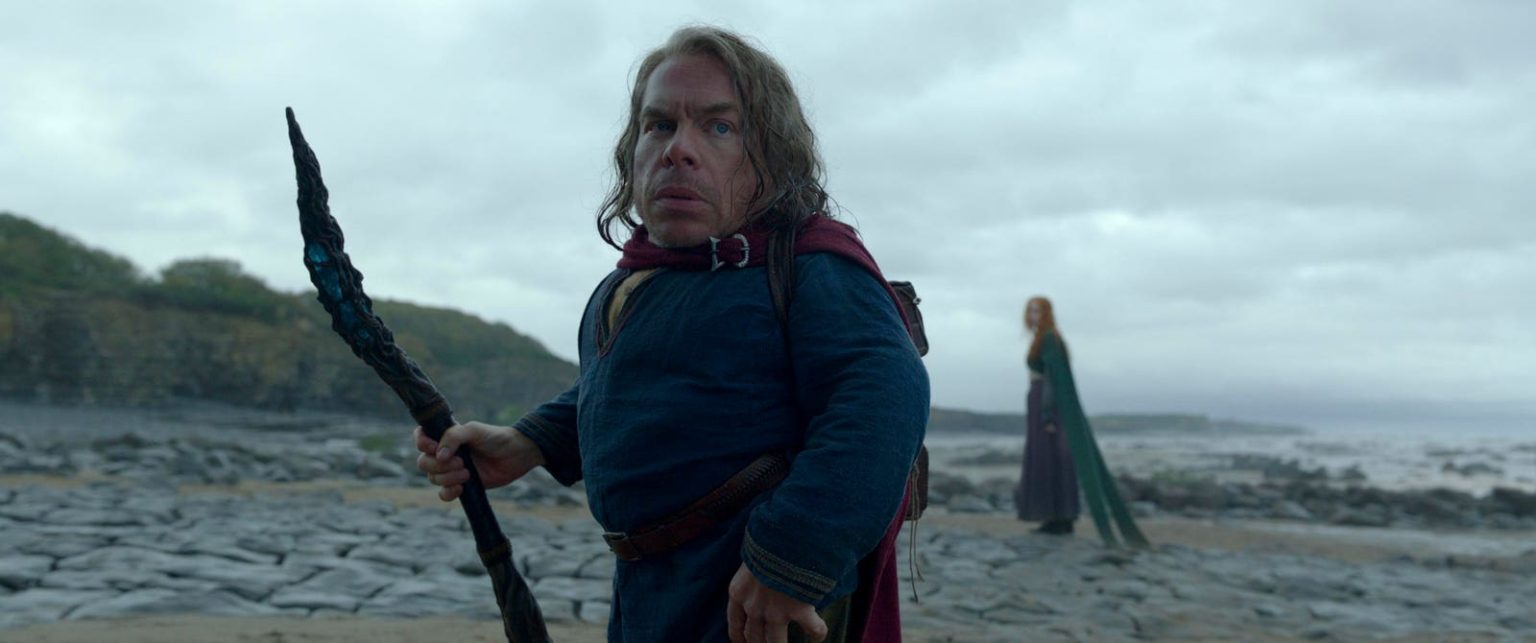Disney’s decision to axe the fantasy streaming series Willow after just one season appears to be due in part to the show’s exorbitant budget of $156.8 million, with each episode costing nearly $20 million. Despite the high cost, Disney has pulled the series from its Disney+ platform, and work on a second season has been abandoned, though executive producer Jonathan Kasdan has described it as being on pause. The show, a sequel to the 1988 film of the same name, stars Warwick Davis in the title role.
Based on characters created by George Lucas, Willow was developed by Kasdan, whose father Lawrence co-wrote several iconic films for Lucasfilm. Disney acquired the rights to Willow when it bought Lucasfilm from George Lucas in 2012. The series was greenlit in October 2020 as Disney was adding shows to its platform to attract more subscribers, but its high budget and lukewarm reception by viewers ultimately led to its cancellation.
Filings from the UK production company behind Willow, Barking Lion Productions, reveal that $53 million was spent on the show in 2022, bringing the total costs to $156.8 million. However, Disney received a reimbursement from the UK government’s Audio-Visual Expenditure Credit program, bringing its net spending down to $120.7 million. Despite this, the show still did not meet expectations and was axed due to low viewership numbers compared to other Disney+ shows like Loki.
Disney’s decision to cut nearly 50 titles, including Willow, from Disney+ at the end of May last year was part of a broader cost-cutting initiative. The studio wanted to take impairment charges on productions it deemed not viable to reduce its tax bill. This approach was pioneered by Warner Bros. Discovery, which similarly removed titles from its HBO Max platform to take write-offs or loan them out to other services. Disney’s Chief Executive Bob Iger, who returned to Disney’s helm in 2022, has been overseeing this cost-cutting drive.
Disney, like other studios, has been exploring different distribution strategies, including licensing content to third-party streamers like Netflix. Iger has stated that exclusivity on its own platforms, while valuable, may not be the only way to maximize audience reach and financial value. Despite the cost-cutting measures and recent operating profit from its Disney+ entertainment arm, Disney is still facing losses when combined with its sports streaming division.
Willow’s cancellation not only highlighted Disney’s cost-cutting efforts but also drew attention to the show’s diverse representation both on screen and behind the scenes. Despite featuring a romance between two female characters and a diverse cast and crew, Willow’s financial performance and viewership numbers ultimately led to its demise. The show’s cancellation has disappointed fans and cast members, raising questions about Disney’s decision-making process and future content strategies.













